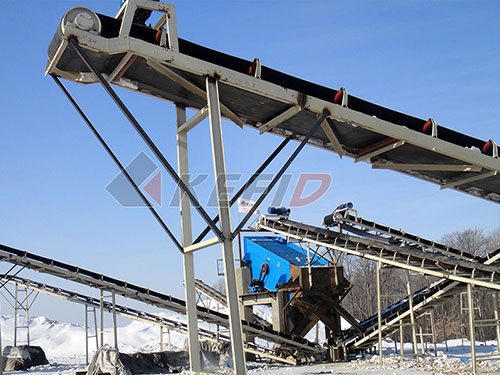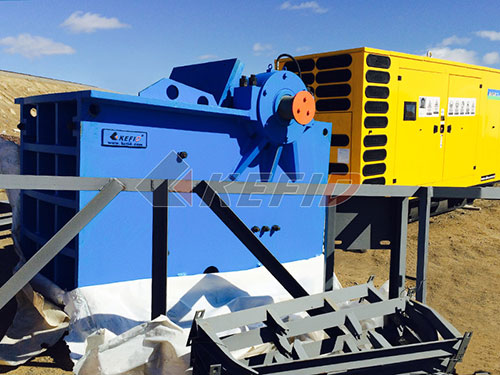
Coal Crushed: The Gritty Reality Beneath Our Feet and Its Shifting Future
The phrase “coal crushed” evokes immediate sensory images: the grating rumble of heavy machinery, clouds of dense black dust hanging heavy in confined air, the visceral crunch as immense geological pressure transforms ancient plant matter into manageable fragments beneath steel teeth or hydraulic might. Yet this simple act – reducing massive seams of carboniferous rock into smaller pieces – represents far more than mere physical processing; it encapsulates centuries of industrial might, profound environmental consequences, intricate economic dependencies, and now, a pivotal moment of global transition.
The Bedrock Process: Why Crush Coal?
Coal rarely emerges from the earth ready for its intended purpose. Whether destined for the fiery maw of a power plant boiler or the coking ovens feeding steel production’s voracious appetite, size matters profoundly.
1. Liberation: Coal seams are rarely pure carbon; they are interwoven with layers of shale, slate, sandstone – collectively known as gangue or impurities like sulfur compounds and trace metals (“mineral matter”). Crushing breaks apart this matrix.

2. Size Optimization: Different end uses demand specific particle sizes:
Power Generation: Modern pulverized coal combustion (PCC) plants require feedstocks ground incredibly fine – often finer than talcum powder – to maximize surface area for efficient burning within their boilers.
Coke Production: Metallurgical coal destined for blast furnaces must be crushed to precise sizes before being blended and heated into coke in ovens.
Industrial Boilers/Heating: Requirements vary but generally involve smaller chunks than raw run-of-mine coal.
Transport & Handling: Smaller pieces flow more predictably through conveyor systems and chutes, reducing blockages and dust generation (though fine crushing creates its own dust challenges).
3. Preparation Efficiency: Crushing is often just the first stage in a complex Coal Preparation Plant (CPP). Breaking down large lumps makes subsequent processes like screening (sorting by size), washing (removing impurities using density differences), flotation (removing fine mineral particles), and dewatering far more effective.
The Machinery Behind the Might:
The transformation from rugged seam to usable fuel relies on specialized engineering marvels designed for immense force:
Primary Crushers: These are the heavyweights tackling raw run-of-mine coal directly from haul trucks or conveyors leaving the mine face.
Jaw Crushers

Leave a Reply